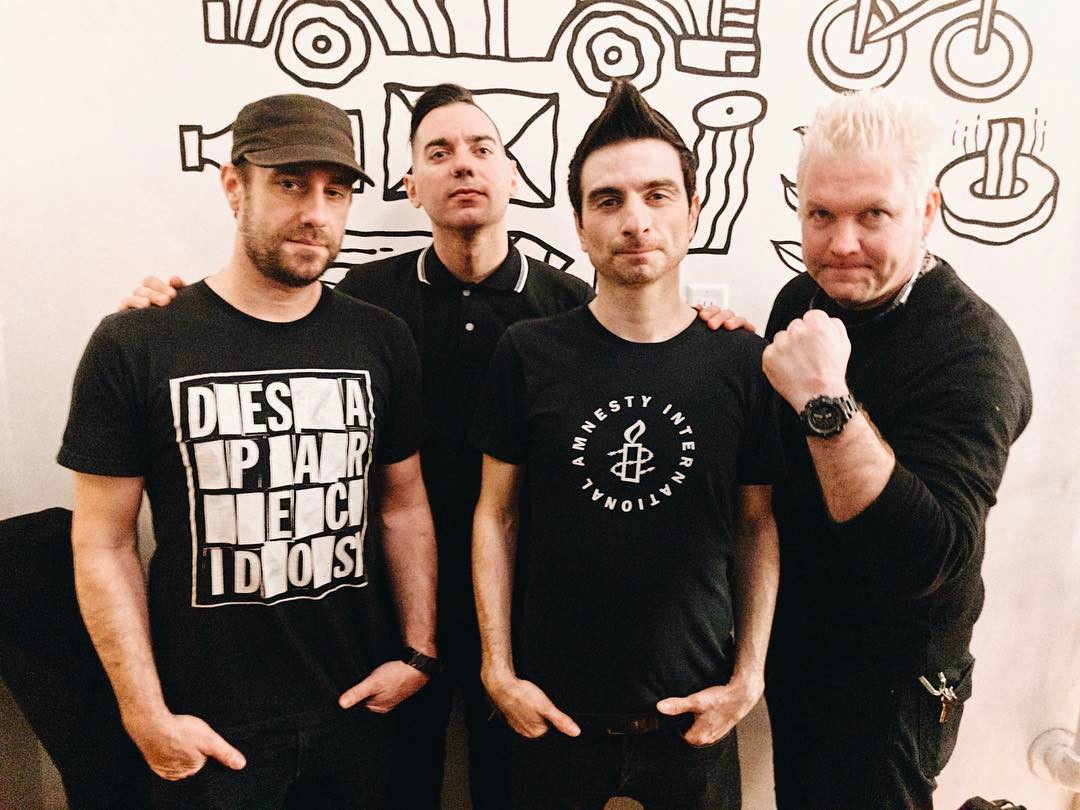In a world filled with turmoil and unrest, symbols of resistance emerge as powerful expressions of dissent. One such symbol is the anti-flag, which serves as a bold declaration against oppression and injustice. This emblem not only represents a rejection of authority but also embodies the spirit of activism and social change. The anti-flag resonates with various movements, becoming a unifying motif for those who dare to challenge the status quo.
The anti-flag, often depicted in vibrant colors and striking designs, communicates a message that transcends language and culture. It invites individuals to question societal norms and advocate for a better world. As we delve deeper into the meaning and implications of the anti-flag, we uncover its rich history and the various contexts in which it has been employed.
Throughout history, the anti-flag has appeared in diverse forms, from protest banners to artistic expressions. Its significance continues to evolve, reflecting the changing landscape of political and social issues. In this article, we will explore the origins, meanings, and contemporary relevance of the anti-flag, shedding light on its role as a catalyst for change.
What is the History of the Anti-Flag?
The history of the anti-flag can be traced back to various movements that sought to challenge authority and promote social justice. It has roots in revolutionary contexts, often associated with protests against war, inequality, and oppression. Artists, activists, and communities have used the anti-flag as a means of expression, creating visually compelling images that capture the essence of their struggles.
How Has the Anti-Flag Evolved Over Time?
Over the years, the anti-flag has undergone significant transformations. Initially seen as a rebellious symbol, it has now become a mainstream representation of activism. Different social movements have adapted the design to resonate with their specific messages, resulting in a diverse array of anti-flags that reflect a multitude of causes.
What Are Some Notable Examples of Anti-Flags?
- Black Lives Matter Flag: A powerful representation of the fight against racial injustice.
- Pride Flag: Symbolizing the LGBTQ+ community's struggle for equality and acceptance.
- No War Flag: A visual protest against military conflicts and the consequences of war.
- Climate Action Flag: Representing the urgent need for environmental protection and climate justice.
Who Uses the Anti-Flag?
The anti-flag is utilized by a diverse range of individuals and groups, including artists, musicians, and activists. It serves as a rallying point for communities advocating for change, allowing them to express their frustrations and hopes visually. From grassroots movements to large-scale protests, the anti-flag remains a powerful tool for mobilization.
What Are the Psychological Effects of the Anti-Flag on Society?
The psychological impact of the anti-flag cannot be underestimated. For many, it provides a sense of solidarity and belonging within a movement. The visual representation of dissent fosters a shared identity, encouraging individuals to stand together against oppression. Furthermore, the anti-flag can evoke strong emotional responses, galvanizing people to take action.
How Can Individuals Participate in the Anti-Flag Movement?
Engaging in the anti-flag movement can take various forms, such as:
- Creating Art: Individuals can design their own anti-flags to express their beliefs.
- Participating in Protests: Joining demonstrations that feature the anti-flag can amplify one's voice.
- Educating Others: Sharing information about the significance of the anti-flag can raise awareness.
- Advocating for Change: Supporting causes that align with the anti-flag's message can lead to meaningful impact.
What Role Does the Anti-Flag Play in Modern Activism?
In today's climate of social and political upheaval, the anti-flag plays a crucial role in modern activism. It serves as a visual shorthand for complex issues, making them more accessible to a broader audience. By harnessing the power of imagery, activists can communicate their messages effectively, inspiring collective action and change.
Can the Anti-Flag Unite Diverse Movements?
One of the most compelling aspects of the anti-flag is its ability to unite diverse movements under a common cause. While each movement may have its distinct goals, the anti-flag serves as a reminder of the shared struggle against injustice. This solidarity fosters collaboration and encourages individuals to work together towards a more equitable future.
Conclusion: Why is the Anti-Flag Important for Society?
The anti-flag remains an essential symbol of resistance and a powerful tool for activism in contemporary society. It embodies the spirit of dissent and serves as a call to action for individuals seeking to challenge oppression. As we continue to navigate the complexities of our world, the anti-flag will undoubtedly inspire future generations to stand up for their beliefs and advocate for change.
Discovering The Ink: The Narrative Behind Kim Kardashian's Body Art.
Exposing January Jones's Seductive Side.
See How Little Sleepies Pajamas Are Both Stylish And Comfortable.

Tickets for ANTI FLAG in Newcastle from Ticketbooth

AntiFlag second titre dévoilé, American Attraction (clip officiel) NEWS

AntiFlag Wallpapers Wallpaper Cave